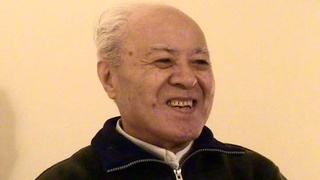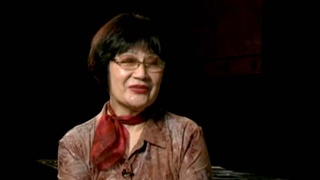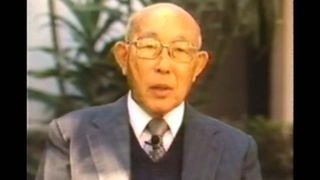Interviews
Going to Japanese school
To our parents we spoke Japanese. Because all of us in elementary school for the first 8 years we had to go to the English school from about eight to two o’clock I believe, or two thirty. And then nearby there was a Japanese school where we had to attend for an hour and learn Japanese. So more or less all of us spoke some Japanese and we were able to communicate with our parents. When they wanted to give us advice or sermonize, we understood what they were saying.
Date: May 29, 2006
Location: Hawai`i, US
Interviewer: Akemi Kikumura Yano
Contributed by: Watase Media Arts Center, Japanese American National Museum









